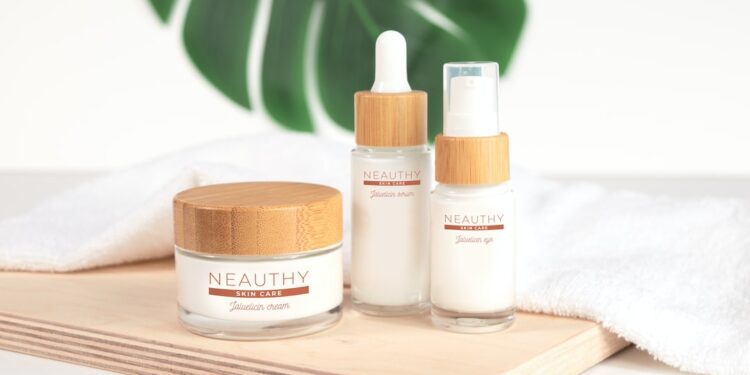The Pros and Cons of Different Foundation Finishes
When it comes to choosing the right foundation, one of the factors we often consider is the finish. After all, how your foundation looks on your skin can make a significant difference in the overall outcome of your makeup look. There are several different finishes available, each with its own set of pros and cons. In this blog post, we will discuss the most popular foundation finishes and help you determine which one may be best suited for your skin type and preferences.
1. Matte Finish:
A matte finish foundation is ideal for those with oily or combination skin. The primary advantage of a matte finish is that it helps control excess oil and shine, leaving your skin looking flawless and smooth. It can also minimize the appearance of pores and provide a long-lasting effect, making it perfect for all-day wear. However, for those with dry skin, a matte finish may accentuate dry patches and make the skin appear dull. Make sure to apply a hydrating primer or moisturizer before using a matte foundation to avoid this issue.
2. Dewy Finish:
A dewy finish foundation imparts a healthy glow to the skin, making it ideal for those with dry or dull skin. It provides a luminous and radiant look, which is perfect for achieving a natural, youthful appearance. Additionally, since it reflects light, a dewy finish can minimize the appearance of fine lines and wrinkles, giving the illusion of smoother skin. However, if you have oily or combination skin, a dewy finish may make your skin look greasy or cause your makeup to slide off throughout the day. Using a mattifying primer or setting powder can help prolong the wear of a dewy foundation for those with oilier skin types.
3. Satin Finish:
A satin finish foundation is a happy medium between matte and dewy. It offers a natural-looking, semi-matte glow that suits most skin types. Satin finish foundations provide a smooth and even coverage, blurring imperfections without emphasizing dry patches or oiliness. This finish is versatile and tends to look flattering in both natural lighting and flash photography. One downside of a satin finish is that it may require touch-ups throughout the day for those with extremely oily skin. However, for most people, a satin finish is a safe and reliable choice.
4. Natural Finish:
A natural finish foundation aims to replicate the look of bare skin, providing a seamless and undetectable finish. This type of foundation is perfect for those who prefer a minimal makeup look or dislike the feeling of heavy products on their skin. The advantage of a natural finish is that it allows your skin to breathe, giving you a fresh and healthy appearance. However, a natural finish foundation typically offers lighter coverage and may not be suitable for those wanting to cover up significant imperfections or blemishes.
5. Powder Finish:
A powder finish foundation is often in the form of a compact powder, making it convenient for on-the-go touch-ups. It offers a matte or semi-matte finish and is excellent for those with oily skin or wanting to set their liquid or cream foundation. A powder finish can also help absorb excess oil throughout the day, keeping your skin looking fresh and shine-free. However, using a powder foundation alone may emphasize dry patches, so it is important to moisturize sufficiently before application.
In conclusion, there are various foundation finishes available, each with distinct advantages and disadvantages. Understanding your skin type and desired makeup look will help you make an informed decision about the finish that suits you best. Whether you opt for a matte, dewy, satin, natural, or powder finish, remember to consider your skin’s needs, climate, and the specific occasion you will be wearing it for. With the right foundation finish, you can achieve a flawless and radiant complexion that enhances your natural beauty.













